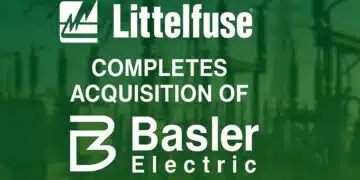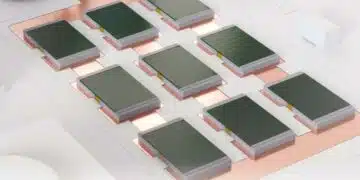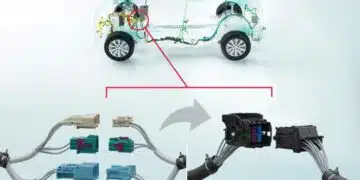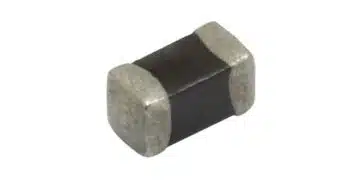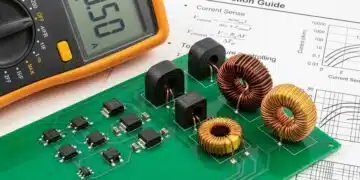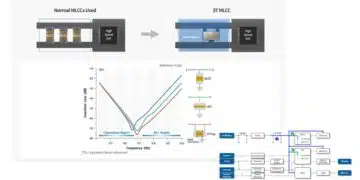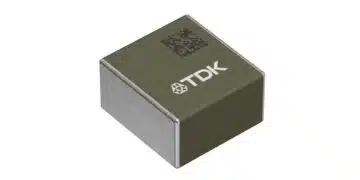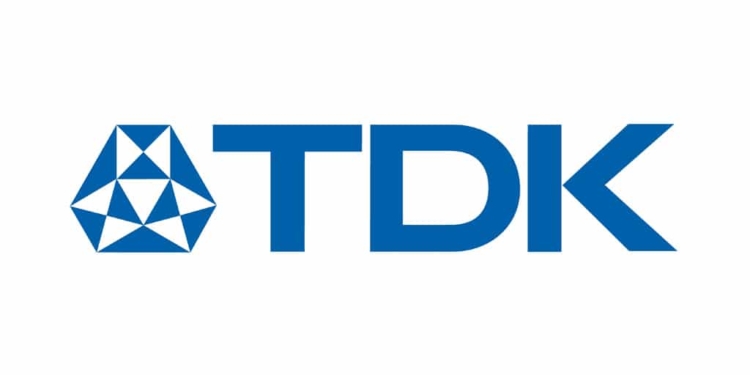Source: TDK news
TDK Corporation (TSE:6762) announces that it has changed the name of its subsidiary EPCOS AG to TDK Electronics AG. The name change of EPCOS AG, the parent company of the EPCOS Group, goes into effect today, October 1, 2018, and will thus further strengthen the uniform market presence of the TDK Group.
In parallel with EPCOS AG, all other EPCOS entities worldwide will also be renamed. Because the country-specific legal requirements vary, the renaming process will likely take 9 to 12 months. These requirements will also have an impact on the individual company names, which in all cases will include TDK as an integral part of the names.
The new company names will have no effect on the EPCOS product portfolio, the organizational and business structure of the company, or the scope of its services.



